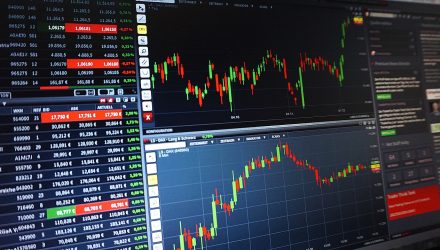For starters, VIG produced an annual return of 8.9% from May 2006 through September 2018, which outperformed PFM’s annualized returns by 1.9 percentage points, with similar risk.
While both ETFs focus on U.S. stocks that have raised their dividend payments for at least 10 consecutive years, there are some meaningful differences between their indexing methodologies. Specifically, VIG follows a proprietary eligibility screen, excludes limited partnerships and REITs, and allows more discretion over stock removal and portfolio rebalancing.
McCullough explained that VIG’s main driver of the difference compared to PFM may be attributed to Vanguard’s proprietary eligibility screen that VIG applies after screening its beginning universe for stocks. Furthermore, VIG can remove stocks between rebalance dates if they no longer pass the proprietary eligibility screen, which has helped the fund avoid the major sector drawdowns.
“Although these differences seem small, they have meaningfully impacted the relative performance of these funds,” McCullough added.
For more information on ETFs, visit our ETF 101 category.
